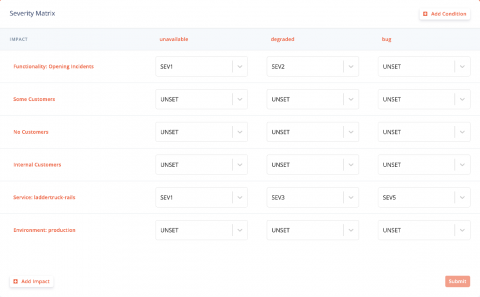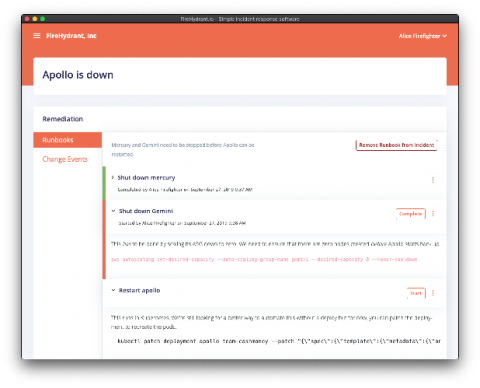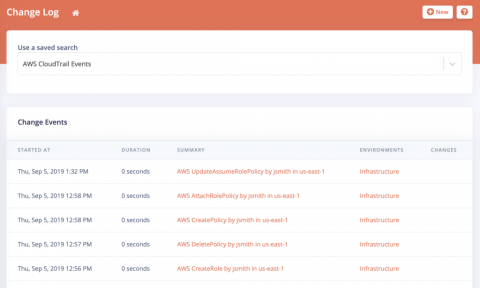Make the most from FireHydrant's Service Catalogs with these 4 tips
Outages are inevitable. It is how we respond that can make or break our company. In this post, we will talk about how Service Catalogs can impact your incident response process and make it more effective. When a company has just a handful of services, it can be relatively easy to figure out who to call when something breaks. But when companies are at the stage of having dozens of services to manage, figuring out who to page or reach out to can be a challenge.





